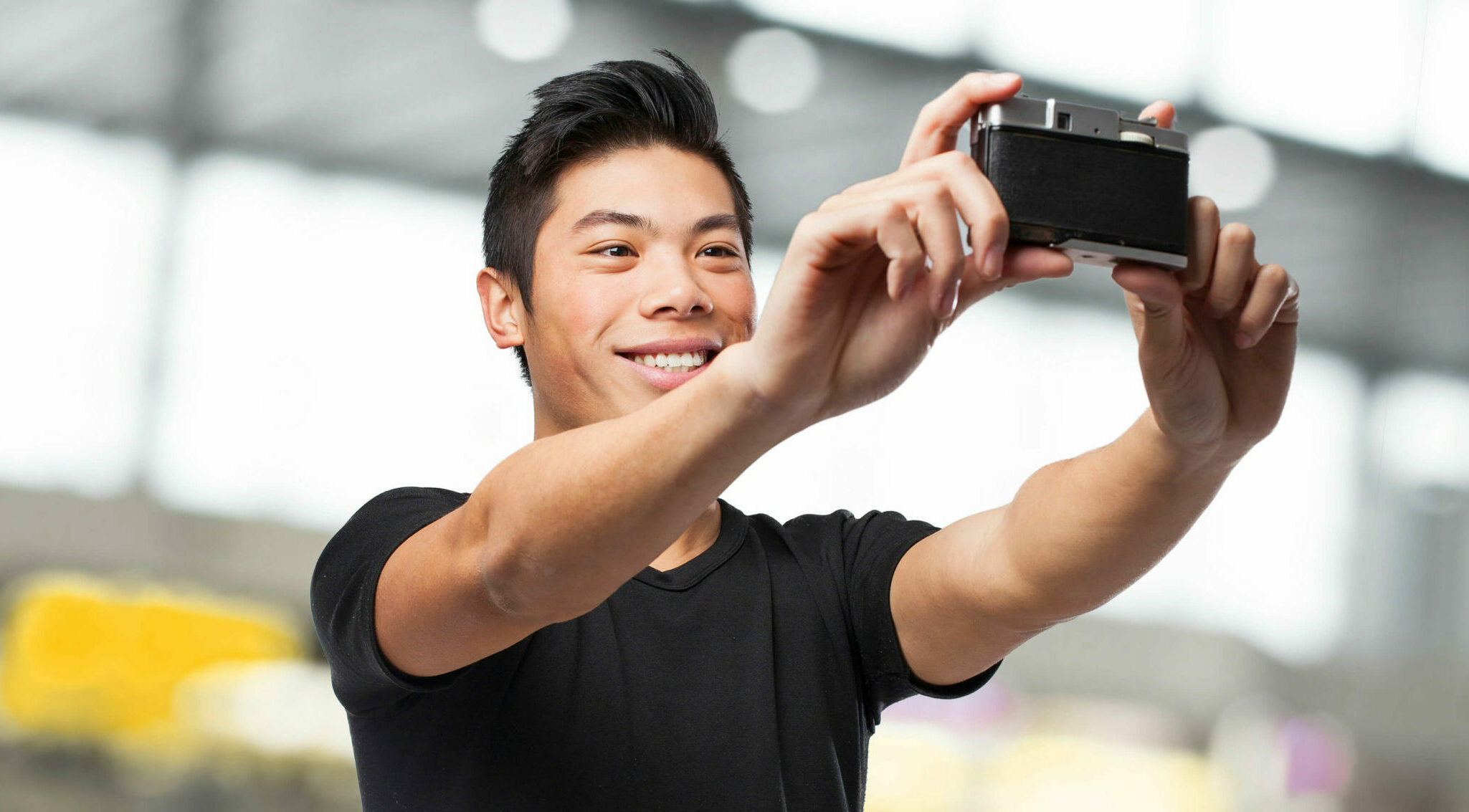Blog posts
Blog posts
Building a strategic online presence
How the right marketing partner makes all the difference For businesses operating at scale, a strong online presence isn’t just a nice-to-have - it’s business-critical.…
Find out more






